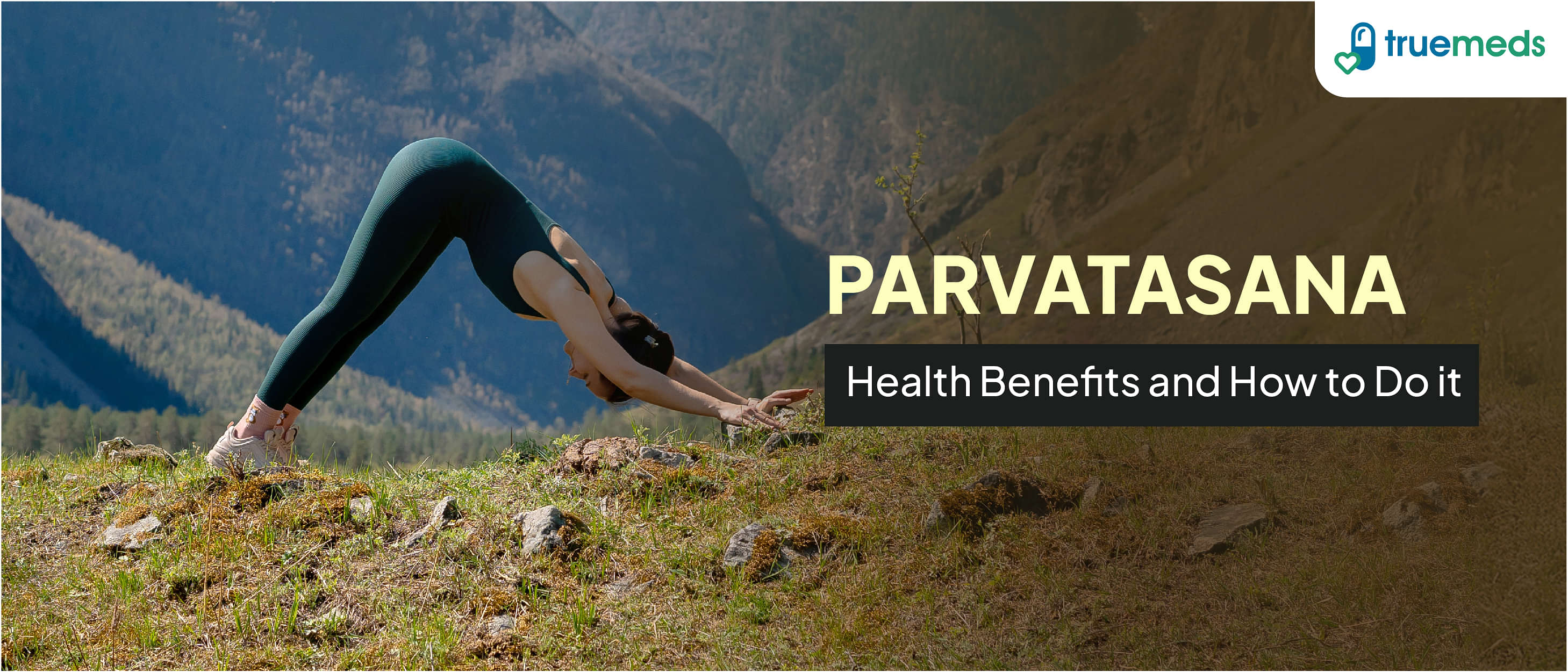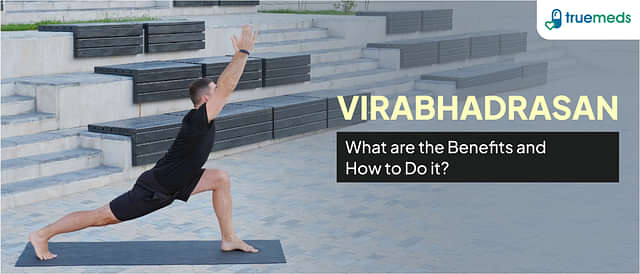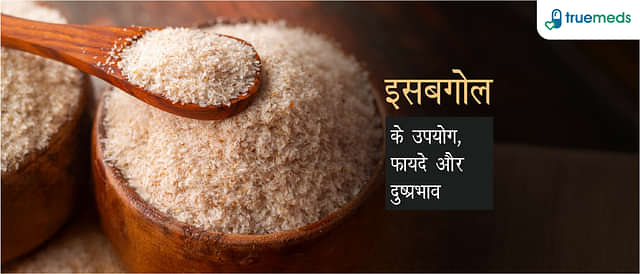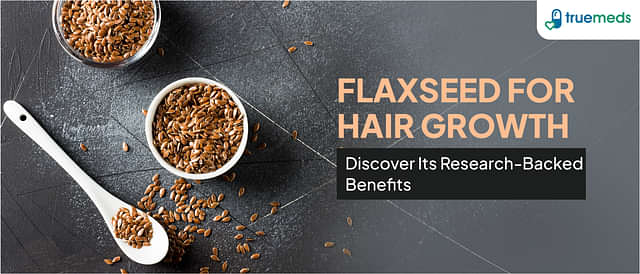Health Benefits of Parvatasana (Mountain Pose) and How to Do It
Last updated on : 05 Jul, 2025
Read time : 7 min
Introduction
Parvatasana, or mountain pose, is a foundational yoga posture that has many benefits and embodies strength and stability. This pose not only enhances physical health but also promotes mental clarity and emotional balance. By mimicking the steadfastness of a mountain, Parvatasana connects practitioners to nature, fostering a sense of grounding and tranquillity. Its simplicity makes it accessible, while its benefits are profound, making it an essential part of any yoga practice.
What is Parvatasana?
The term Parvatasana comes from two Sanskrit words: “parvat”, meaning mountain, and “asana”, meaning pose. It’s a simple seated asana that transforms the body into a mountain-like shape—a symbol of strength and resilience.
Practised for thousands of years, this seated yoga posture is designed to stretch and strengthen the spine. By doing so, it promotes flexibility and stability – key components for an overall healthy body. But its benefits aren’t just physical – delving into the realm of mental well-being, the Parvatasana pose stimulates the heart chakra, helping regulate emotions and fostering a sense of calm.
From improving posture to enhancing blood circulation, the health benefits of this pose are plentiful. It’s no wonder then, that it serves as a foundational element in many yoga sequences, including the Sun Salutation or Surya Namaskar, making it a vital practice for both beginners and experienced yogis alike.
How to do Parvatasana?
- Preparing for Parvatasana: To begin, sit comfortably on your yoga mat. You can opt for Sukhasana (Easy Pose) or any other cross-legged posture that suits you. The goal here is to ground your sit bones into the mat and lengthen your spine. This forms the foundation of the Parvatasana pose. Now, take a deep breath in and raise your arms overhead. Ensure that your palms are facing each other and your shoulders are relaxed, away from your ears. As you exhale, engage your core muscles gently and lift your chest while reaching even higher with your arms. This creates a tall, mountain-like shape with your body, hence the name Parvatasana.
- Holding the Pose and Releasing: Hold this pose for several breaths. Your focus should be on elongating your spine and grounding your lower body into the earth beneath you. If you wish to deepen the pose and feel more connected, slightly tilt your head back and gaze upward, all while maintaining a steady breathing pattern. When you feel ready to release from this pose, exhale slowly and lower your arms, returning to a relaxed seated position.
- Consistency: Like most yoga poses, consistency is key. Practising Parvatasana regularly can gradually enhance posture, flexibility, and inner balance!
| Did You Know? Parvatasana (Mountain Pose) can also be done while on your feet. It is very similar but not identical to Adho Mukha Svanasana (Downward Dog). You can start in the plank pose with hands under your shoulders and body in a straight line. Exhale and lift your hips up and back, forming an inverted V shape with your body (mountain shape). Keep legs straight and heels pressing toward the floor. Head hangs between the arms, gaze toward navel. Hold for 5-10 breaths. In Parvatasana, the feet are together while in Downward Dog they are hip-width apart. |
Health Benefits of Parvatasana
Parvatasana offers numerous physical and psychological benefits. Below are its most prominent effects:
1. Strengthens the Arms and Shoulders
One of the primary Parvatasana benefits is the strengthening of arms and shoulders. Holding up your arms against the force of gravity tones the muscles in these areas. The result is increased muscle strength and endurance that will help you in daily activities and other yoga poses.
2. Stretches the Spine and Hamstrings
Parvatasana gives a gentle yet effective stretch to your spine and hamstrings. This not only increases flexibility but also helps in reducing tension stored in these regions of the body.
3. Improves Posture
Regular practice of Parvatasana can significantly improve your posture. The pose promotes spinal alignment and strengthens the back muscles, counteracting the effects of prolonged sitting or slouching.
4. Enhances Flexibility
Another significant benefit of Parvatasana is enhanced flexibility. The pose encourages flexibility throughout the body, particularly in the spine and legs – making it easier to perform other yoga poses and physical activities.
5. Tones the Core Muscles
Practising Parvatasana helps tone and strengthen your abdominal muscles. A strong core supports overall stability and balance, thus improving your performance in various yoga poses and daily movements.
6. Alleviates Stress and Anxiety
Parvatasana encourages slow, deep breathing which activates the parasympathetic nervous system. This induces relaxation, reduces anxiety, and improves emotional regulation.
7. Promotes Better Circulation
Parvatasana is excellent for enhancing blood circulation throughout the body. The elevation of the arms combined with engaged muscles stimulates circulation and contributes towards improved cardiovascular health.
8. Aids in Digestion
While Parvatasana can gently engage abdominal muscles and stimulate parasympathetic activity, its direct impact on digestion is not clinically established. However, it may help improve overall gut motility and reduce bloating through breath awareness.
9. Relieves Back Pain
Parvatasana may help those with mild back discomfort by improving spinal alignment and strengthening the muscles around the spine.
Also Read: Home Remedies for Back Pain
| Did You Know? Parvatasana is one of the most ancient yoga asanas, with origins dating back thousands of years. In the Yoga Sutras of Patanjali, one of the foundational texts of yoga, Parvatasana is mentioned as a seated meditation pose. However, the inverted version most commonly practised today emerged later in the Hatha Yoga tradition. Interestingly, Parvatasana is the only pose that appears in both the Surya Namaskar (Sun Salutation) and Chandra Namaskar (Moon Salutation) sequences, highlighting its importance in traditional yoga practices. The pose’s ability to ground and centre practitioners has made it a beloved asana across various yoga styles and lineages. |
Conclusion
Parvatasana is a versatile yoga pose that offers a multitude of physical and mental health benefits. From strengthening your arms and core to enhancing posture and easing stress, it supports holistic well-being. It is especially useful for improving flexibility, balance, digestion, and circulation when practised consistently.
Whether you are a beginner or an experienced practitioner, incorporating Parvatasana into your daily yoga routine can help you build resilience, inner calm, and better physical alignment. Regular practice will support not only physical strength but also emotional and mental clarity.
FAQs
Sit cross-legged or in any comfortable seated posture. Raise your arms overhead, palms facing each other, and keep your spine tall. Hold for several breaths while focusing on your breath.
To practice Parvatasana, start in a seated position with your legs crossed or extended in front of you. Inhale deeply, raising your arms overhead with palms together. Lengthen your spine, reaching upward while grounding your sit bones into the floor. Keep your shoulders relaxed and chest open. Hold the pose for several breaths, focusing on your breath and maintaining a steady gaze.
Parvatasana benefits include improved posture, strengthened muscles of the legs and spine, and enhanced balance and stability. It also promotes calmness and focus.
Health benefits include spinal elongation, improved blood flow, reduced stress, better digestion, and increased body awareness.
Parvatasana is not a calorie-intensive pose and does not significantly contribute to fat loss. It may support metabolic health and core engagement but should be combined with other dynamic activities and diet for effective weight management.
References
- Kumawat, J., Rakesh, D., Sharma, K., & Prakash, G. (2021). ANATOMICAL EXPLORATION ON VARIOUS POSTURES OF “SURYANAMASKARA.” World Journal of Pharmaceutical Research Www.wjpr.net │, 10, 1435. https://doi.org/10.20959/wjpr202114-22422
- Kanojia, A. K., Bagwe, H. S., & Agarwal, B. M. (2022). A review of the physiological effects of Suryanamaskar in children. MGM Journal of Medical Sciences, 9(3), 410–418. https://doi.org/10.4103/mgmj.mgmj_106_22
- Apu Chakma, M., Eraballi, A., & Rupesh Kumar, M. (n.d.). HASTA UTTANASANA OR RAISED ARMS POSE AS LIFESTYLE FOR KYPHOSIS AFTER CARDIO-THORACIC SURGERY HASTA UTTANASANA OR RAISED ARMS POSE AS LIFESTYLE FOR KYPHOSIS AFTER CARDIO- THORACIC SURGERY HASTA UTTANASANA OR RAISED ARMS POSE AS LIFESTYLE FOR KYPHOSIS AFTER CARDIO-THORACIC SURGERY. IIP Series, 3(24). Retrieved July 5, 2025, from https://iipseries.org/assets/docupload/rsl2024A21C51B349772B1.pdf
Disclaimer
Our healthcare experts have carefully reviewed and compiled the information presented here to ensure accuracy and trustworthiness. It is important to note that this information serves as a general overview of the topic and is for informational purposes only. It is not intended to diagnose, prevent, or cure any health problem. This page does not establish a doctor-patient relationship, nor does it replace the advice or consultation of a registered medical practitioner. We recommend seeking guidance from your registered medical practitioner for any questions or concerns regarding your medical condition.
Popular Articles
Recommended Articles
Recent Articles
Company
About UsHealth ArticleHealth StoriesDiseases & Health ConditionsAyurvedaAll MedicinesAll BrandsNeed HelpFAQSubscribe
Registered Office Address
Grievance Officer
Download Truemeds
Contact Us
Our customer representative team is available 7 days a week from 9 am - 9 pm.
v4.4.2
2025 - Truemeds | All rights reserved. Our content is for informational purposes only. See additional information.
Our Payment Partners



















































